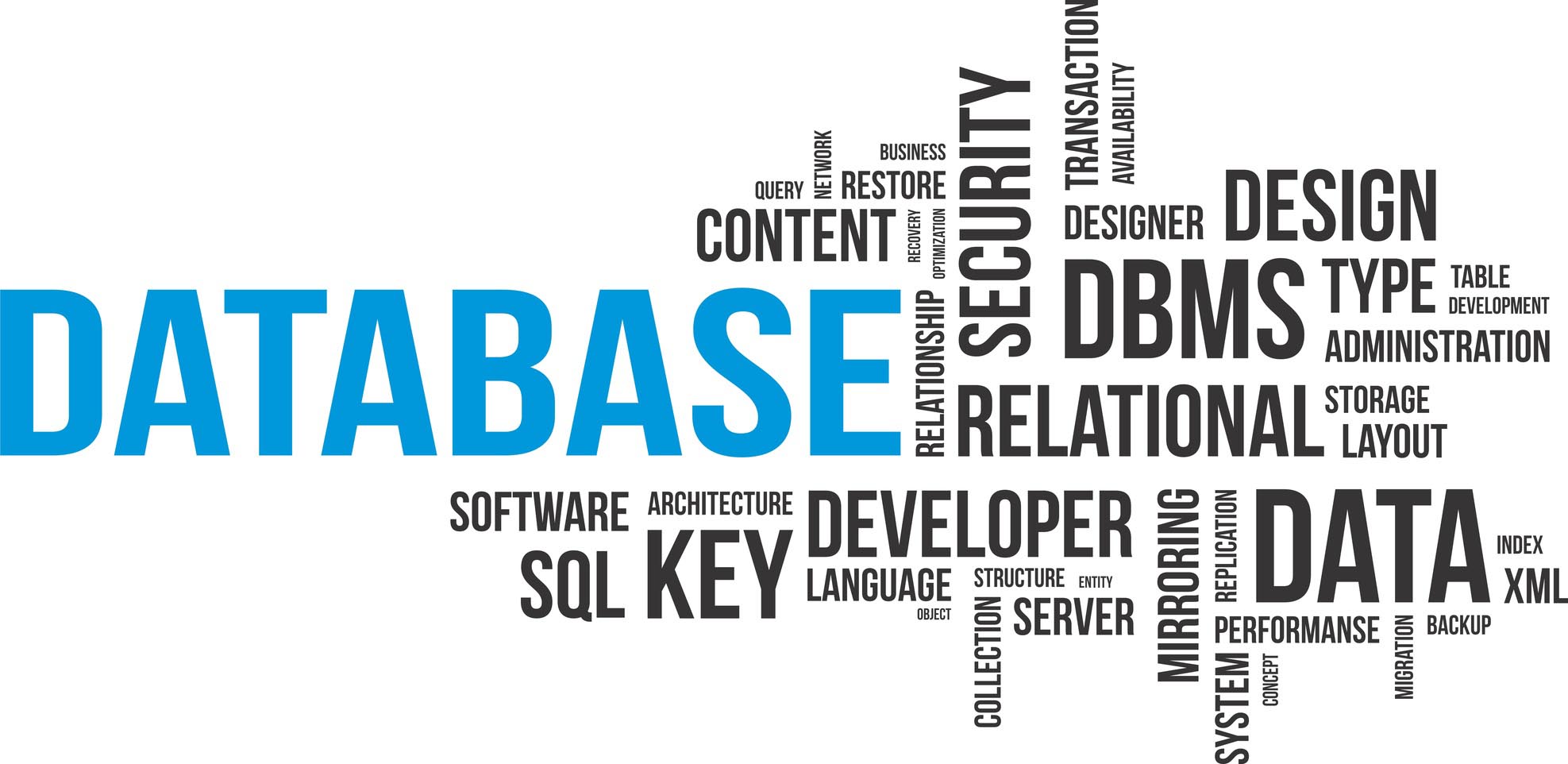Database performance

A proper configuration of the database server is an important element within the system implementation process. This article does not describe the configuration procedures, but highlights a few crucial points in optimizing a server environment. These guidelines are not mandatory, they are suggestions that result from many years of experience within the IT environment:
-
Your friends are: vmstat / dstat, iostat, top, ps and any graphical history of values.
-
Define the bottleneck (read/write, memory, CPU, network). How? Refer to point 1.
-
Server optimization according to the process: problem analysis > consideration > change (only one change a time) > test > implement > begin the process again until you achieve satisfactory / optimal results.
-
Hardware
- Recommended to use RAID 10 (RAID 5 may not be sufficient).
- In most cases, the speed of CPU is the bottleneck, not the number of cores. It is a good idea to invest in faster CPUs.
- Use standard 1Gbit everywhere you can (in particular to connect application server to database server).
- Use drives with large cache (and protect it appropriately).
- Do not use virtualization for database servers!
-
Software
- Use optimal systems (SLES, RHEL, Debian, CentOS).
- Use 64-bit architecture.
- Use the most up-to-date stable versions (kernel >= 2.6.12).
- Use mainstream file system, e.g. ext3, xfs.
- Not necessary to modify your operating system, because it is already optimal!
- Use a thread cache from your operating system.
-
Database
- The big three (key_buffer_size, innodb_buffer_pool_size, innodb_log_file_size).
- Do not modify anything, unless you know what it is for. Use ready-made configuration templates, which establish a proper database optimization. Ask a specialist for advice!
- Unconditionally use InnoDB! (and the optimization for this engine).
- Monitor slow queries to optimize them.
-
Application
- Index
- All attributes where you JOIN.
- All attributes where you filter (WHERE).
- All attributes where you ORDER or Group BY.
- All attributes where you do an Index Scan.
- Order
- Index elements only from left to right.
- For compound indexes, e.g. INDEX (a, b), INDEX (a,b(10)).
- Index
The server optimization can increase the application speed up to 2x, the application optimization can increase the application operation up to 10x.